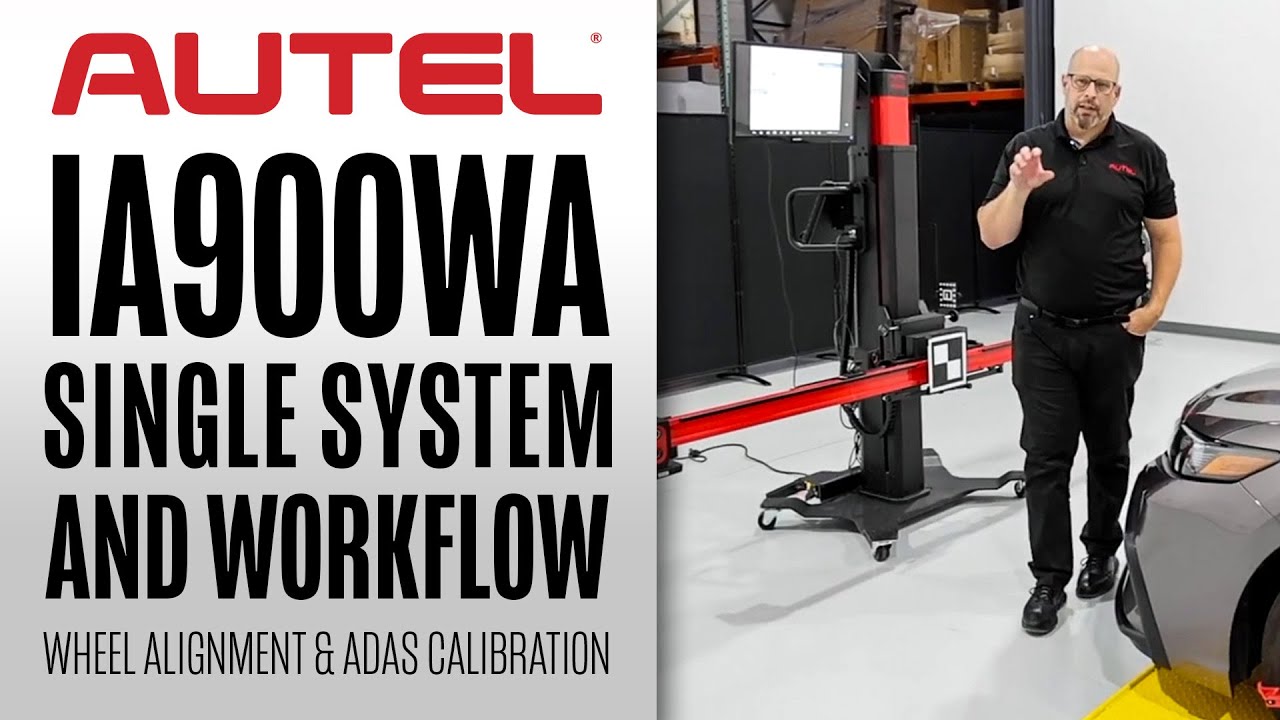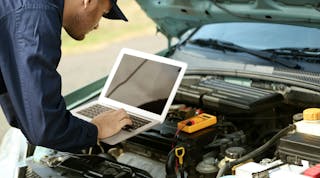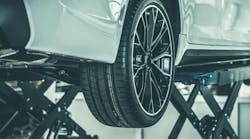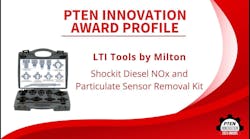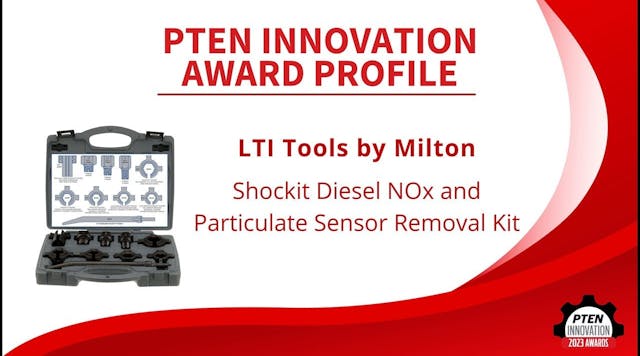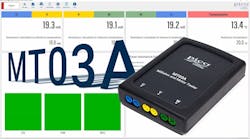It’s that time of year – roads across the Midwest and Northeast are plagued with snow, ice, salt, puddles, potholes and more. These wintery road conditions may seem foreign to some in the warmer areas of the U.S., but they are an inevitable part of the season to shop owners, technicians and drivers across many parts of the country.
Conditions like this provide a serious challenge for drivers in these areas, as their approach to turns, stop signals and overall speed is different to how they drive in the spring and summer. This can also apply to auto technicians who are looking to perform a dynamic ADAS recalibration in winter weather.
While most repairs and maintenance will occur inside the shop, once any necessary repairs are made, it’s time to recalibrate the vehicle’s advanced driver assistance systems (ADAS). Many vehicles offer the ability to perform dynamic recalibration by connecting a hand-held scan-tool to the vehicle and driving according to OE’s specific instructions.
Dynamic recalibrations are necessary whenever a technician is addressing an issue with a vehicle’s ADAS technology, including lane keep assist, adaptive cruise control, blind spot detecting and more. It will also need to be done after a collision repair, windshield replacement or other physical repairs such as suspension or steering work that might impact ADAS technology operation.
Successfully performing a dynamic recalibration depends on the technician following the instructions outlined on their scan-tool. For example, say you’re using Bosch's ADS 525X Diagnostic Scan Tool. Once you connect it, ID the vehicle and read the DTC’s. It’s straightforward, just follow the on-tool steps for ADAS dynamic recalibration. These instructions can include anything from driving at a specific speed, identifying lane markings and more.
However, winter road conditions can interfere with these instructions, forcing technicians to take extra steps to ensure a successful recalibration that is precise, accurate and safe.
Winter weather-related challenges
Temperature variations: Winter weather conditions often include cold weather, and while this may not necessarily impact drivability on its own, the accuracy of recalibration equipment may be affected if temperatures drop too low. Extreme cold can also impact the performance of electrical components in older vehicles.
Visibility issues (reference points): Snowfall and snow accumulation on the road can make it difficult for technicians to identify calibration markers and reference points like stop signs and road markers.
Compromised vehicle stability: Vehicle stability can be impacted depending on the amount of accumulation of snow and ice on the road, making it more difficult to perform precise manuevers necessary for a dynamic recalibration.
Slippery surfaces (personal point of safety): Snow-covered and ice-covered roads and surfaces can be slippery, which can pose a safety risk to technicians who are conducting a dynamic recalibration.
Extended calibration time: Finally, cold weather conditions have the potential to slow down the calibration process, leading to longer turnaround times and impacting businesses due to the need for additional precations, slower maneuvering, and interruptions caused by weather-related issues.
Technicians can make up for these challenges by employing simple strategies to ensure their recalibration process is accurate and precise.
Overcoming winter weather
Vehicle prepartion: Ensure the vehicle undergoing the calibration does not have overly worn tires and is clear of snow and debris. Worn out tires have a higher chance of slipping on icy or snowy road conditions – ultimately impacting the accuracy of the recalibration. Additionally, excess snow and debris on the vehicle’s exterior can impair camera visibility and further impact the recalibration accuracy.
Weather monitoring: One of the best ways to tackle winter weather conditions is to plan ahead and avoid them, if possible, by monitoring weather forecasts and performing recalibrations when there are better driving conditions. Recalibrating a vehicle during lower periods of snowfall and low accumulation allows for better visibility, vehicle stability and the ability to identify reference points.
Regular equipment checks: Performing regular equipment checks can lead to a lower risk of damage to your calibration equipment from moisture or cold weather. If left unaddressed or unnoticed, these common winter weather conditions can damage equipment.
Clear calibration sites if able: Another great way to tackle the challenge of performing a dynamic recalibration in the winter is to clear the calibration sites of snow and ice before starting the process by shoveling snow, laying down salt to melt ice or employing the help of a local snowplow company to clear snow accumulation on recalibration sites.
Winter-weather can have a serious impact on the accuracy and precision of dynamic ADAS recalibrations. Snowfall, ice and accumulation on roads can all play major roles in visibility, vehicle stability and more.
Technicians looking to conduct dynamic recalibrations year-round have the tools and abilities to lessen the impact of winter weather. Taking proactive steps to avoid these conditions and limit the impact they have on the recalibration process will ensure recalibrations are accurate and safe while limiting the interruptions to other repairs and general business-related tasks.
Information provided by Bosch.

















